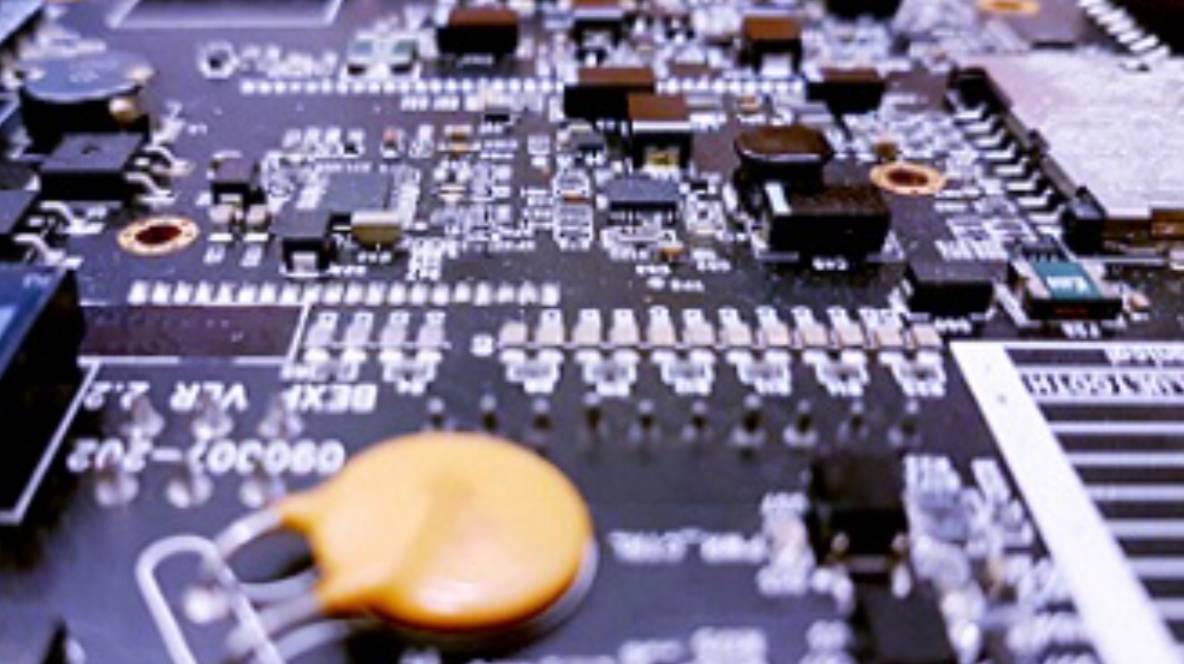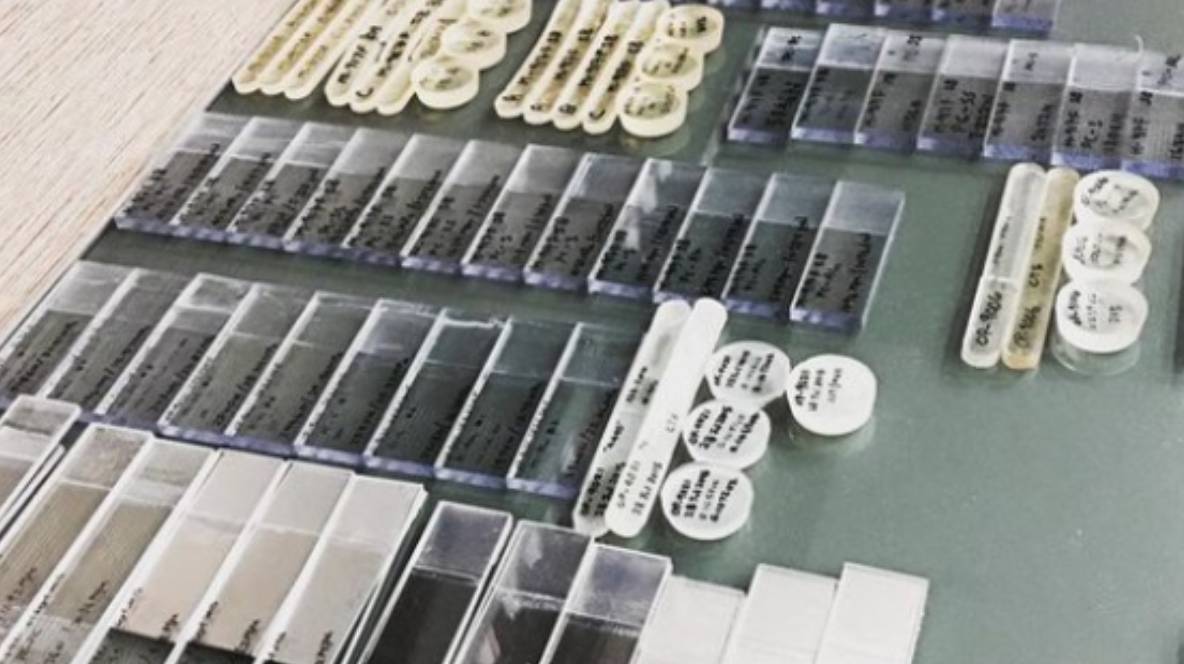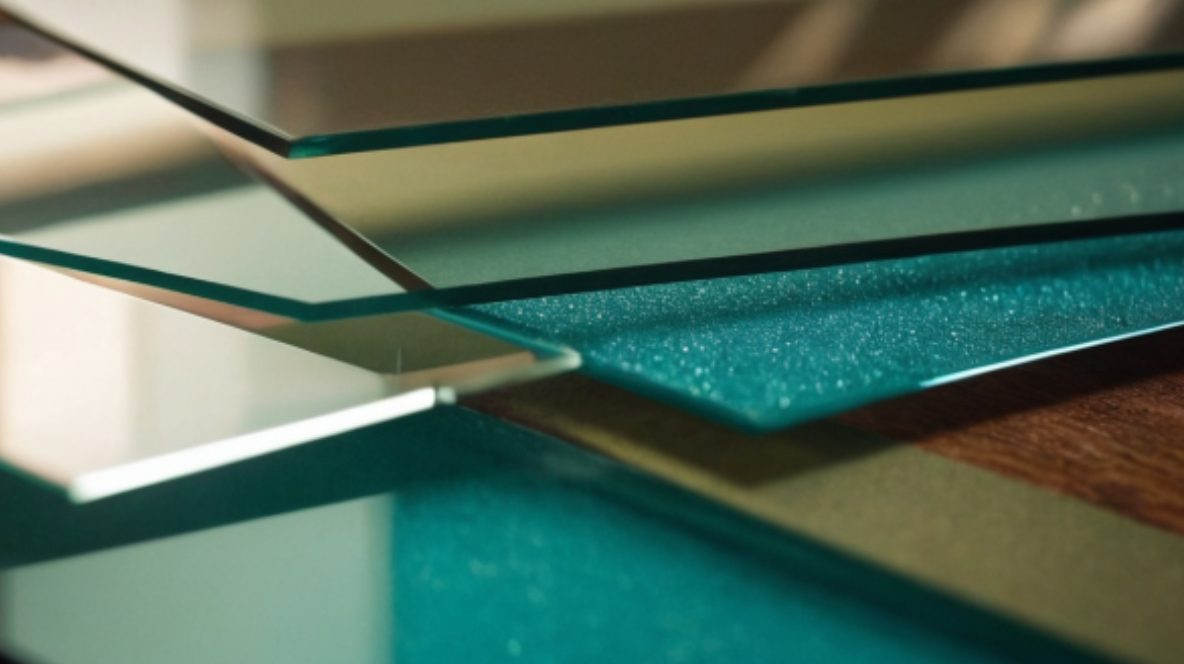Thermally Conductive Adhesives – Incure
In today’s fast-paced technological landscape, electronic devices are becoming increasingly powerful and compact. While this miniaturization offers incredible benefits, it also brings a significant challenge: heat generation. Unmanaged heat can drastically reduce component lifespan, degrade performance, and even lead to device failure. This is where thermally conductive adhesives step in as unsung heroes, silently ensuring optimal thermal management and device reliability.
If your project involves any heat-generating components – from tiny LEDs to high-power electronics – understanding and utilizing the right thermally conductive adhesives is not just an advantage, it’s a necessity.
What are Thermally Conductive Adhesives?
At their core, thermally conductive adhesives are specialized bonding materials designed to efficiently transfer heat away from sensitive components to heat sinks or other cooling mechanisms. Unlike regular glues, they are filled with thermally conductive particles (like ceramic, aluminum oxide, or even silver) that create pathways for heat to dissipate.
Key characteristics that make them indispensable include:
- Exceptional Heat Transfer: Their primary function is to facilitate the rapid movement of heat, keeping components within safe operating temperatures.
- Strong Adhesion: They provide robust, long-lasting bonds, often eliminating the need for mechanical fasteners like screws or clips, leading to more compact and lighter designs.
- Electrical Insulation (Often): Many formulations are electrically insulating, preventing short circuits and protecting delicate circuitry while still conducting heat.
- Gap Filling: They effectively fill microscopic air gaps between mating surfaces, which are otherwise poor conductors of heat, maximizing thermal contact.
- Vibration and Shock Resistance: Many thermally conductive adhesives offer excellent mechanical stability, protecting components from physical stresses.
- Versatility: Available in various forms (pastes, films, liquids) and chemistries (epoxies, silicones), they can be tailored for diverse application needs.
The Critical Role of Thermal Management
Why is thermal management so crucial?
- Extended Lifespan: Excessive heat accelerates material degradation, leading to premature component failure. Effective heat dissipation significantly extends the operational life of electronic devices.
- Enhanced Performance: Components perform optimally within specific temperature ranges. By controlling heat, thermally conductive adhesives help maintain consistent performance and prevent thermal throttling.
- Miniaturization: As devices shrink, the power density increases, making heat management even more challenging. Adhesives offer compact, efficient solutions compared to bulky mechanical heat transfer methods.
- Reliability: In critical applications like automotive electronics or medical devices, consistent performance under varying thermal conditions is non-negotiable.
Where Are Thermally Conductive Adhesives Used?
The applications are vast and ever-expanding, driven by the increasing need for efficient heat dissipation across industries:
- Electronics:
- LED Lighting: Bonding LEDs to heat sinks for longevity and brighter output.
- Consumer Electronics: Cooling CPUs, GPUs, and power ICs in smartphones, laptops, and gaming consoles.
- Power Electronics: Dissipating heat from power transistors, voltage regulators, and rectifiers in power supplies and inverters.
- Automotive Electronics: Managing heat in EV battery packs, motor control units, and infotainment systems.
- Sensors: Encapsulating and bonding temperature-sensitive sensors.
- Medical Devices: Ensuring stable operating temperatures for diagnostic equipment, surgical tools, and imaging systems.
- Renewable Energy: Critical in solar inverters and power conversion systems to manage heat from high-current components.
- Aerospace & Defense: For ruggedized electronics requiring high thermal stability in extreme environments.
- Industrial Automation: In motors, robotics, and control systems where consistent thermal performance is vital.
Incure: Your Solution for Advanced Thermal Management
When selecting thermally conductive adhesives, you need a partner with deep expertise and a proven track record. Incureoffers a comprehensive range of high-performance thermally conductive adhesives, engineered to meet the stringent demands of modern thermal management challenges. Incure’s solutions empower both large-scale manufacturers and individual innovators to achieve superior results.
For Professionals and Manufacturers:
Incure’s specialized thermally conductive adhesives are designed for industrial efficiency and reliability:
- Optimized Heat Dissipation: Incure formulations provide excellent thermal conductivity, ensuring efficient heat transfer from critical components to cooling systems.
- Robust & Reliable Bonds: Whether it’s bonding copper heat exchange tubes to steel cores or aluminum heat sinks to power semiconductor devices, Incure adhesives offer strong, durable mechanical strength and low shrink rates.
- Tailored Chemistry: Incure understands that one size doesn’t fit all. They offer a range of chemistries, including thermally conductive epoxy adhesives, with various viscosities and cure profiles (e.g., two-part systems like TC-9042, TC-9051, TC-9033) to suit different manufacturing processes and application needs.
- Electrical Insulation Options: Many Incure thermally conductive adhesives are designed to be electrically insulating, crucial for protecting sensitive electronic circuits while facilitating heat flow.
- Process Efficiency: With formulations designed for ease of dispensing and reliable curing, Incure adhesives can streamline your assembly lines, reducing production time and costs.
- Environmental Resilience: Incure products are built to withstand challenging operational environments, exhibiting good temperature resistance and maintaining performance over time.
- Technical Expertise: Incure’s team provides invaluable technical support, guiding you to the ideal adhesive for your specific thermal management requirements and helping optimize your application process.
For Individuals and Innovators:
Even at a smaller scale, precision and performance matter. Incure makes professional-grade thermal management solutions accessible:
- High-Performance for Prototypes: Individuals can leverage Incure’s reliable adhesives to build robust prototypes and custom electronic projects that demand effective heat dissipation.
- Durable Creations: Ensure the longevity of your personal projects, from custom LED builds to repairing heat-sensitive consumer electronics, with adhesives that provide superior thermal performance and mechanical integrity.
- Variety for Specific Needs: Access to different formulations allows hobbyists and researchers to experiment and find the perfect adhesive for their unique thermal challenges.
- Guidance Available: Incure’s dedication to quality means that the properties and application guidelines are well-documented, helping individual users make informed decisions.
Find Your Thermal Solution with Incure
To easily discover how Incure can address your thermal management needs, search for:
- Thermally conductive adhesives electronics
- Heat sink bonding adhesive
- Thermal epoxy for LEDs
- High thermal conductivity adhesive
- Electrically insulating thermal adhesive
- Incure thermally conductive epoxy
- Thermal management solutions for electronics
- Adhesive for heat dissipation
Incure is committed to providing innovative and reliable thermally conductive adhesive solutions, ensuring your projects remain cool, perform optimally, and last longer.
Don’t let heat be the enemy of your innovation. Partner with Incure for cutting-edge thermally conductive adhesive technology and expert support.




